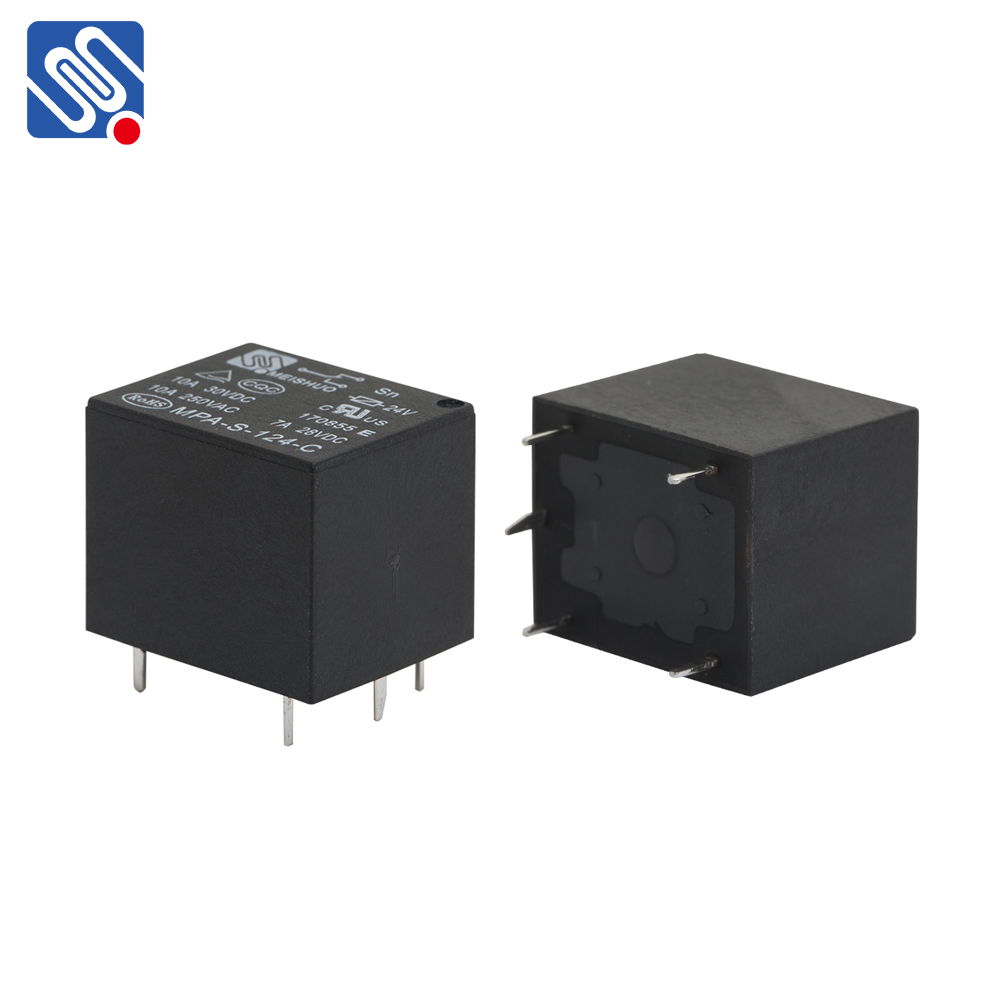A 12 volt relay is a crucial component in many electrical systems, widely used for controlling high-power devices with a low-voltage signal. It serves as a switch that allows a small current to control a larger one, making it essential in a variety of applications, including automotive systems, home appliances, industrial machinery, and automation systems. This article will provide an in-depth look at the functionality, applications, and benefits of a 12-volt relay.

What is a 12 Volt Relay? A relay Common Types of 12 Volt Relays There are several different types of 12-volt relays, each designed to meet specific requirements depending on the application. Understanding the variations between these types can help in selecting the right relay for a particular need. Below are some of the most common types: Single-Pole Single-Throw (SPST) Relay: This type of relay has one set of contacts that can either be open or closed. It’s typically used for simple on/off control applications, where only one circuit needs to be controlled at a time. Single-Pole Double-Throw (SPDT) Relay: SPDT relays have a single input contact and two output contacts. This allows for switching between two different circuits, which is useful when you need to control two different devices from a single relay. For example, it can be used in systems where you need to alternate between powering two different machines or circuits.